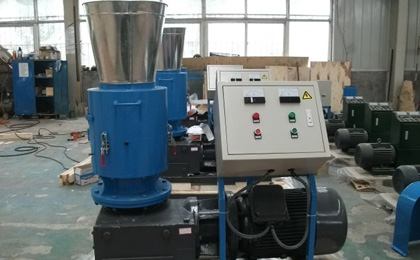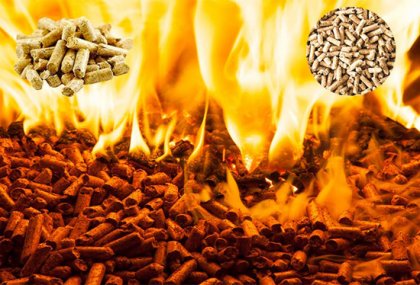In recent years, energy security and environmental problems caused by the burning of traditional fuels such as coal and oil have become increasingly serious. With the improvement of national importance and the need of the transformation of relevant enterprises, biomass energy has become the key to solve the above problems. Biomass energy is stored by plants through photosynthesis and ontology internal solar, compared with the fossil fuel, has high yield, wide distribution, use, nitrogen and sulfur content, low ash content and heating value is low. It is an inevitable trend of boiler industry to develop the boiler with high efficiency.
According to the China energy development report 2006, about 90 percent of global energy consumption comes from fossil fuels, 10 percent of nuclear power and hydropower. The main source of energy consumption in China is coal and oil. Environmental problems such as global warming are exacerbated by the large use of fossil fuels, including coal and oil. If energy security and environmental problems are not properly addressed, China's standard coal consumption will triple by 2050, and its CO2 emissions will be 2.5 times higher. Therefore, it is an urgent problem to find a new safe and reliable source of energy.
Biomass energy is a kind of energy that plants produce O2 and carbohydrates through photosynthesis, absorbing solar energy, water and CO2, and storing them in plants. Compared with fossil fuels, biomass has the following characteristics: large amount of storage, wide distribution of raw materials and more ways of utilization, low content of N and S in biomass, low content of ash, and low emission of N and S and dust during combustion. The CO2 absorbed by biomass fuel in the formation process is similar to the net emission of CO2 from combustion process, and the pyrolysis and combustion characteristics of biomass fuel are relatively higher due to the high moisture content of biomass fuel. Poor biomass energy is a renewable energy. Therefore, it is a trend of boiler industry to produce high efficiency combustion of biomass particles in boiler industry.

Domestic and international situation and existing problems
In the 1950s, Japan was the first to develop a rod-shaped fuel molding machine and associated combustion equipment for the characteristics and combustion of biomass fuels.In the late 1970s, the United States developed special wood-based fuel combustion equipment for the characteristics of wood pellet fuel.On the basis of the research of the United States and Japan, Sweden, Finland, Denmark and other countries have developed granule forming machine and combustion equipment for biomass pellet fuel.At present, the research on biomass fuel combustion equipment in developed countries is relatively mature, and it is further upgraded according to the industrial demand, and industrialization is realized in the fields of heating and heating and power generation.
At the present stage, in the field of biomass particle fuel combustion, China focuses on the combustion characteristics of fuel, but has not established systematic theory and relevant standards.The research on biomass fuel combustion equipment is still in its infancy.
According to the biological characteristics of straw, the combustion chamber of straw straight burning hot water boiler is designed based on the structure of the double combustion chamber in the front and rear of the furnace.Double chamber through the fire damper arch separated, this kind of structure between the straw and air, high temperature flue gas mixed each other, and to extend the time of straw burning in the combustion chamber, improve fuel combustion.
For wood, twigs, bark, wood powder, such as waste combustion characteristics, based on negative pressure combustion theory, we design the furnace contains the layer combustion boiler water wall tube, improve the internal temperature of the furnace, promote the full combustion of fuels such as wood chips.At the same time, there are explosion-proof doors in the furnace, so as to avoid the deflagration during fuel combustion such as wood chips.







